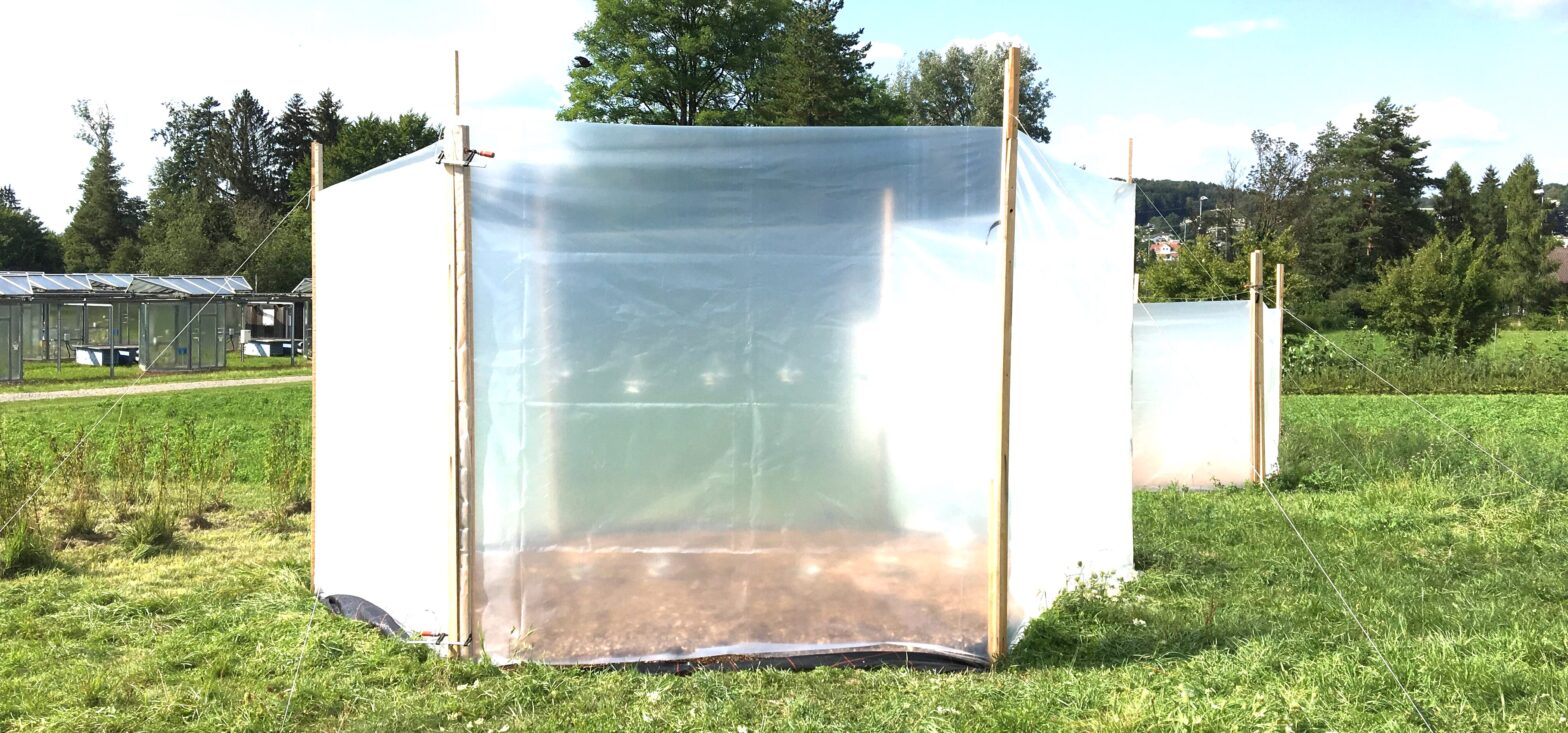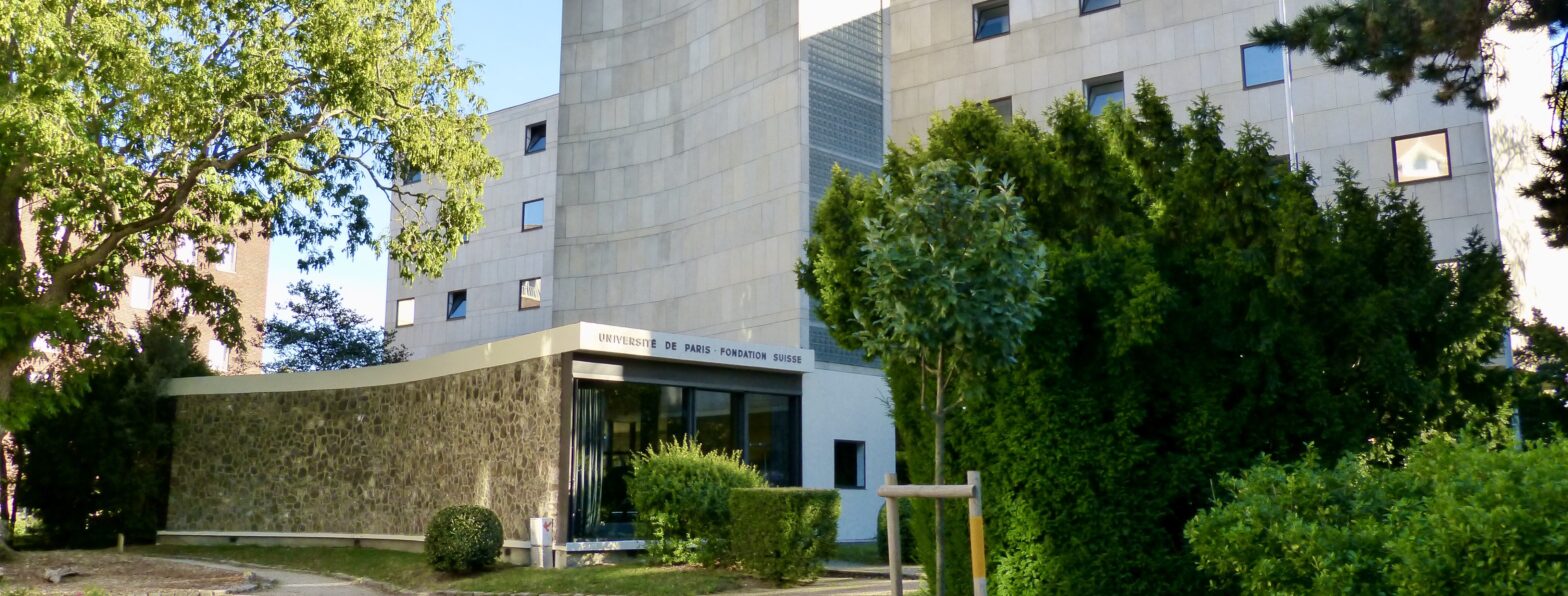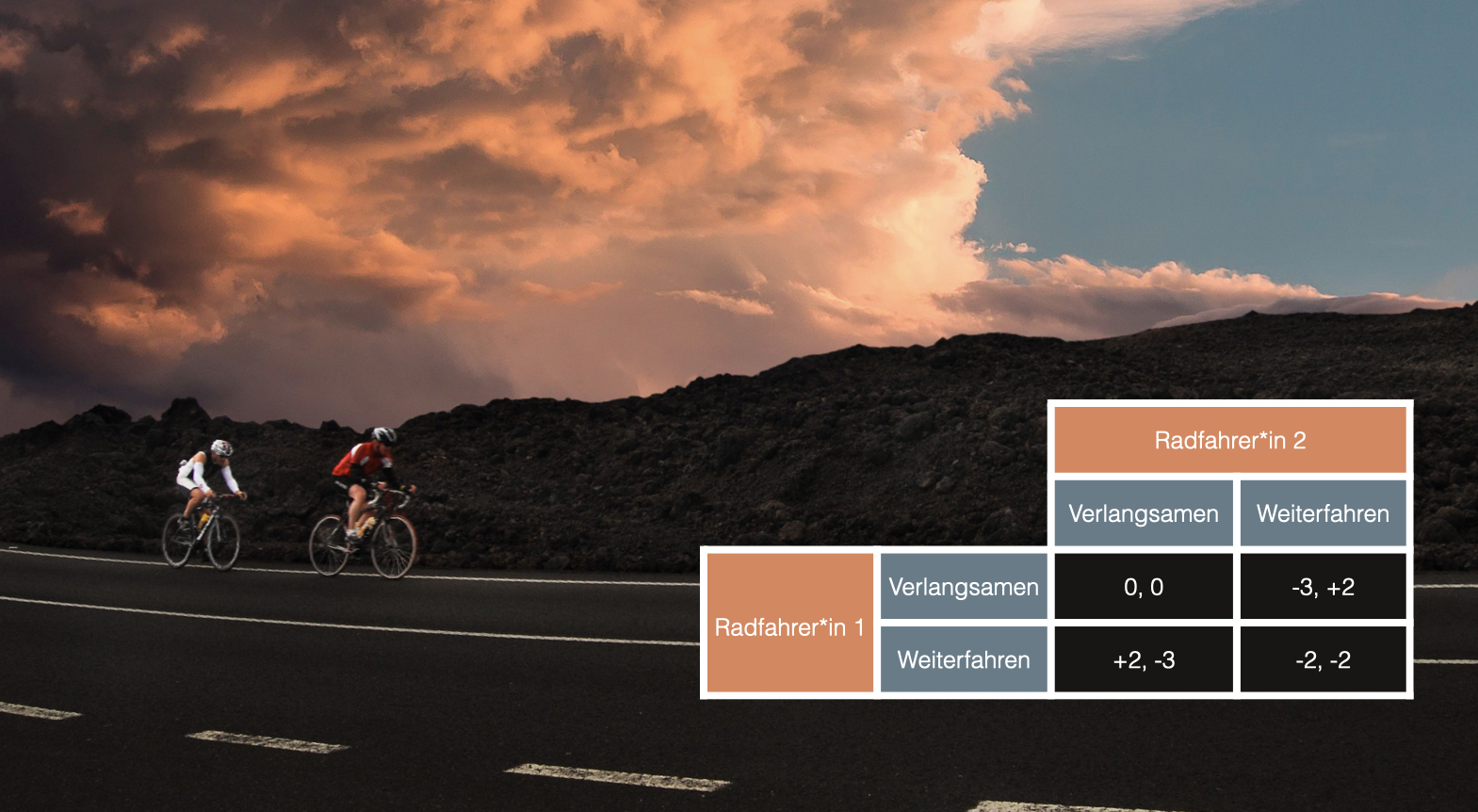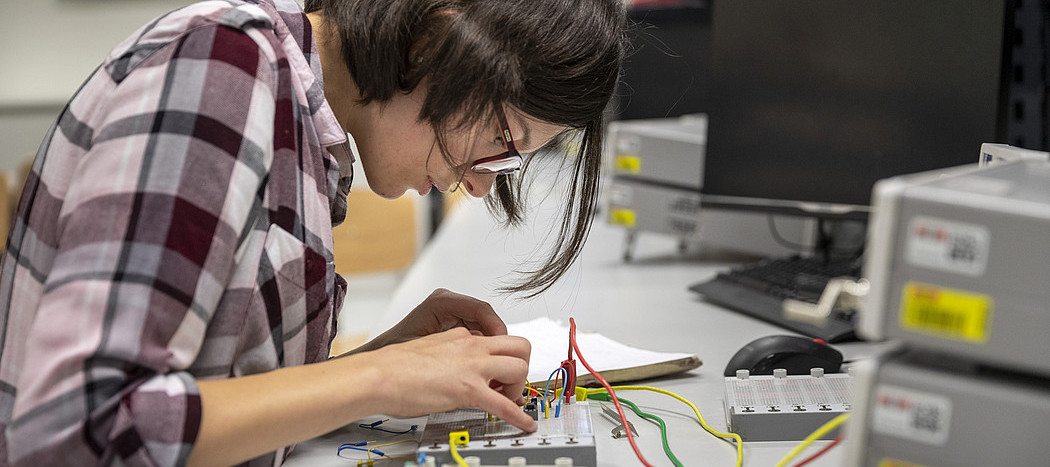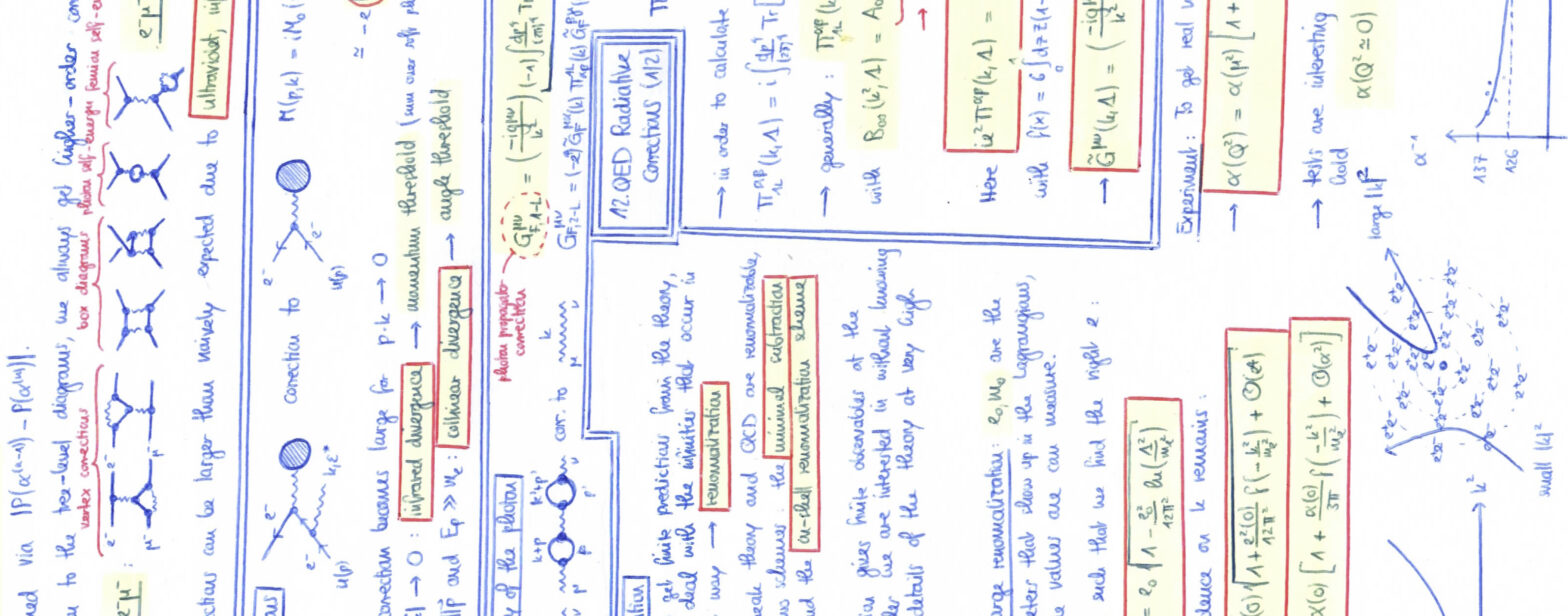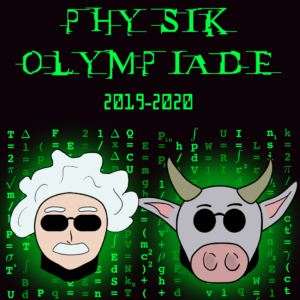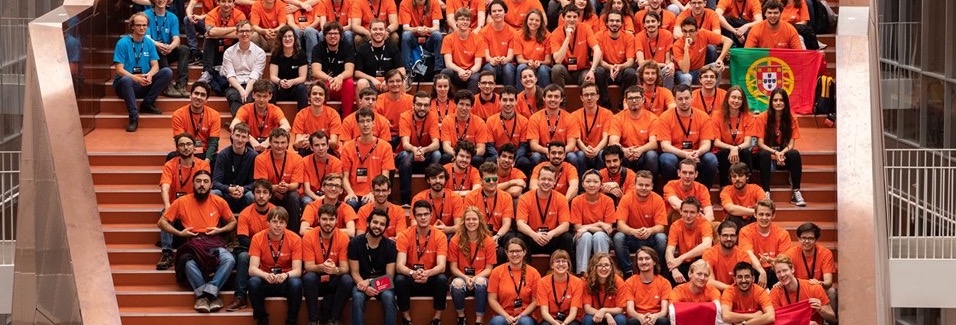Die folgende Kurzgeschichte habe ich während einer Zugfahrt von Basel nach Bern geschrieben. Sie spielt mit der (Un)Logik zwischenmenschlicher Gepflogenheiten.
Continue reading “Kurzgeschichte: Der Hungrige”Ugly Christmas Decorations
Okay folks, we need to talk. Of course, a little Christmas decoration here and there is nice, if it is of good taste. But what some of you are putting out there simply goes over the top. The world doesn’t need another 50 LEDs flashing in fourty different colors from a pile of plastic that tries to imitate a tree.
In an attempt to fight the spread of ugly Christmas decorations, I took a stroll through a Swiss residential neighbourhood and filmed the worst specimens I could find. Public ridicule may be the only effective remedy we have left to cure this outbreak. Therefore, I invite you to watch the resulting videos below and enjoy yourselves.
Merry Christmas!
Continue reading “Ugly Christmas Decorations”Short Story: The Apocalypse that Never Happened
I recently found an old short story of mine, I wrote it in the high school subject English. Inspired by The Physicits, Measuring the World, Copenhagen, Life of Galileo and In der Sache J. Robert Oppenheimer (not available in English) – books that were part of my high school end exam in the subject German – it revolves around the responsibility of science. Maybe I portrayed Dr. Drake a bit too lenient, after all not publishing means keeping his hard work secret and renouncing all scientific fame. But then again “the welfare of the whole planet is at stake”. Have a read for yourself…
Continue reading “Short Story: The Apocalypse that Never Happened”Quanten-Elektrodynamik auf Vier Schwierigkeitsstufen
Ich habe für die Website der Wissenschaftsolympiaden einen längeren Artikel geschrieben, in dem ich die Quanten-Elektrodynamik auf vier Schwierigkeitsstufen erkläre. Die erste Schwierigkeitsstufe habe ich direkt hier eingefügt. Der restliche Artikel ist über den Link unten abrufbar.
Continue reading “Quanten-Elektrodynamik auf Vier Schwierigkeitsstufen”Supersplit Supersymmetry
April Fool for High Energy Physicists
On 1 April 2005, 8 theoretical high energy physicists uploaded a paper called Supersplit Supersymmetry on ArXiv, an elaborate April Fool. The authors proposed a new supersymmetric model, which according to them was an improvement to the so-called Split Supersymmetry model.
Continue reading “Supersplit Supersymmetry”Tre(e)search
Was passiert mit den heimischen Bäumen, wenn sich das Klima erwärmt? Mit dieser Frage beschäftigen sich Forschende der Eidgenössischen Forschunganstalt für Wald, Schnee und Landschaft WSL. Der Klimawandel ist leider nicht mehr bloss ein fernes Szenario, das basierend auf komplexen Modellen vorhergesagt wird. Er ist bereits im Gange. Damit die Schweizer Wälder und die Ressource Holz erhalten werden können, müssen die Auswirkungen einer durchschnittlichen Temperaturerwärmung auf die Bäume verstanden werden. Dafür werden Erwärmungsexperimente durchgeführt.
Continue reading “Tre(e)search”First Days in Paris
La Fondation Suisse
Cité Internationale Universitaire de Paris
For the second year of my Master in high energy physics, I am studying at the École Polytechnique in Paris. This week I arrived in Paris and moved into my new room in the Cité Internationale Universitaire de Paris (CIUP). Established shortly after World War I, the CIUP today hosts approximately 10’000 students in 40 different houses. These houses represent different countries. While half of the students of a given country are assigned to the house of their nationality, the other half is distributed among other houses to foster international exchanges and to contribute to the construction of peace in the world.
Location
The CIUP is located in the south of Paris. The city center as well as many of the university campuses can be conveniently accessed via the RER.
The Houses
Going for a stroll through the CIUP, I took pictures of the different houses. They wonderfully reflect the cultures of different countries, and some of them were even built by famous architects. But see for yourself.
Fondation Suisse
I was assigned to the Swiss House, which was built by none other than the Swiss architect Le Corbusier in 1931. It has room for up to 46 students, to which I may count myself for one entire year! Besides its permanent residents, the Fondation Suisse is visited by roughly 10’000 architecture enthusiasts each year. It’s a modern beauty (keep in mind the building date – 1931!).
In the coming weeks, I will try to upload more posts about the life at the CIUP. But for now, all that is left to say is that I am looking forward to my time in Paris!
The Truel
How about another cool riddle?
Three opponents, A, B and C, have agreed to a truel with pistols. You are A, and you are a poor shooter: you are only able to hit your target once out of every three tries. B is better, he can hit the target two out of every three tries. C never misses.
In the interest of fairness, you are allowed to shoot first, firing one shot, then B (if still alive) fires one shot, then C (if still alive) fires one shot, and the turns continue until only one remains alive.
Clearly you have made a bad decision agreeing to this contest. Now the question is, where should you fire your first shot in order to maximize your chances for survival?
Simon Singh: “Fermats Enigma –
The Epic Quest to Solve the World’s Greatest Mathematical Problem”, Anchor Books USA, 1998.
Hint: Click here to find out what you shouldn’t do.
Quelle Beitragsbild: popularmechanics.com
Wie Nettigkeit ans Ziel führt
Neben meinen Teilchenphysik-Vorlesungen habe ich in diesem Semester das Fach Introduction to Negotiation besucht. Es wurde von Prof. Michael Ambühl gegeben, der in seiner früheren diplomatischen Karriere an vielen wichtigen Verhandlungen der Schweiz beteiligt war. So agierte er beispielsweise als Chefunterhändler bei der Bilateralen II. In Introduction to Negotiation schauten wir Theorien an, wie man möglichst geschickt verhandelt. Eine Strategie, die wir im Rahmen eines Spieltheorie-Blockes diskutierten, war Tit for Tat. Diese faszinierte mich so sehr, dass ich beschloss im Studentenmagazin Polykum einen Artikel darüber zu schreiben. So here we are:
Eine Strategie aus der Spieltheorie zeigt auf, wie man auch in einem kompetitiven Rahmen kooperativ sein kann. Dazu braucht es nicht nur Nettigkeit, sondern im richtigen Moment auch den Verrat.
Stellt euch folgendes Szenario vor: ein Fahrradrennen, zwei Stars an der Spitze. Sie liefern sich ein Kopf-an-Kopf-Rennen, weitab vom Rest des Feldes. Immer nach zwanzig Kilometern fahren sie an einem Verpflegungstand vorbei. Vor jedem Stand haben sie die Wahl: Entweder können sie ihr Fahrtempo reduzieren und ihre Trinkflaschen auswechseln, oder sie können ein hohes Tempo beibehalten und am Verpflegungsstand vorbeifahren. Ihre Entscheidung können sie nicht von der unmittelbaren Aktion der anderen Person abhängig machen, es bliebe nicht genügend Zeit zum Bremsen. Sie müssen sich eigenständig für eine Aktion entscheiden. Wären sie nicht im Konkurrenzkampf, würden sie ihre Flaschen bei jedem Verpflegungsstand auswechseln. Im Wettstreit spielt es aber eine Rolle, welche Entscheidung der anderen Person sie antizipieren.
“Macht es einfach!”
Ich habe als Redaktionsmitglied der Schweizer Wissenschaftsolympiaden ein Portrait von Caroline Rossier geschrieben. Sie ist erfolgreiche Physik-Olympionikin, Masterstudentin in Elektrotechnik an der ETH Zürich, Vorstandsmitglied der Schweizerischen Physikolympiade und allgemein eine inspirierende Persönlichkeit. Caroline setzt sich dafür ein, dass talentierte junge Menschen unabhängig ihrer Herkunft, ihrer Sprache oder ihres Geschlechts an der Physik-Olympiade teilnehmen können.
Caroline Rossiers Weg führte von Lausanne nach Zürich und von der Physik-Olympiade zur Elektrotechnik. Nun befasst sie sich im Masterstudium mit Elektronen und Photonen. Sie wollte schon als Jugendliche wissen, wie die Welt funktioniert, und liess sich stets von ihrer Neugierde leiten. Anderen empfiehlt sie, ebenfalls ihren Interessen zu folgen.
„Wenn ihr Interesse an etwas habt, macht es einfach!“ Das ist der Tipp, den Caroline Rossier Schülerinnen und Schülern an den Gymnasien mitgeben würde. Sie lebt dieses Motto beeindruckend vor. Schon sehr früh begann sie sich für Technik und Naturwissenschaften zu interessieren. Im zweiten Jahr am Gymnasium brachte sie sich selbst das Programmieren bei, erlernte die Programmiersprache C. Als Maturaarbeit entwickelte sie eine Nachrichtenapplikation, welche diverse Verschlüsselungsmethoden effizient nutzt, um eine sichere Übertragung zu gewährleisten. Im Internet gebe es viele Lernprogramme für Informatik und Physik, meint Caroline. Man brauche bloss danach zu suchen oder seine Lehrpersonen um Tipps zu beten.
Irrende Roboter sind besser
Ich habe für die Seite reatch.ch einen Artikel über die sogenannte Rubber-Hand-Illusion bei Robotern geschrieben. Der Text ist im Rahmen einer Sommerakademie der Schweizerischen Studienstiftung über Neuropsychologie entstanden.
Forschende lassen in Experimenten Roboter auf die gleichen Illusionen hereinfallen wie Menschen. Ihre Resultate gewähren tiefe Einblicke ins menschliche Denken.
«Irren ist menschlich», eine Redewendung aus dem antiken Rom. Sie wurde von Cicero in seinen Philippinischen Reden verwendet. «Irren ist menschlich, aber auf Irrtümern zu bestehen ist teuflisch.»
Es ist bemerkenswert, dass dieses Zitat bis heute bekannt geblieben ist. Mehr noch, seine Relevanz ist grösser denn je. Denn durch die Fortschritte im Bereich der künstlichen Intelligenz müssen sich Forschende heute vermehrt mit einer Frage auseinandersetzen: Was macht das «Mensch-Sein» aus? Wenn Irren menschlich ist, sollte der Irrtum auch in moderne Androide eingebaut werden? Ja, lautet die erstaunliche Antwort. Zu irren ist ein unabdingbarer Teil der menschlichen Kognition. Auch Roboter sollten dazu befähigt werden, wenn sie uns angeglichen werden sollen. Wozu soll das gut sein? Können wir guten Gewissens irrende Roboter bauen, ohne uns einer Teufelei schuldig zu machen?
Deceptive Dice
Here an interesting riddle:
The Terrible Twins, Innumeratus and Mathophila, were bored. “I know”, said Mathophila brightly. “Let’s play dice!”
“Don’t like dice.”
“Ah, but these are special dice”, said Mathophila, digging them out of an old chocolate box. One was red, one yellow and one blue.Innumeratus picked up the red dice. “There’s something funny about this one”, he said. “It’s got two 3’s, two 4’s and two 8’s.” “They’re all like that”, said Mathophila carelessly. “The yellow One has two 1’s, two 5’s and two 9’s – and the blue one has two 2’s, two 6’s and two 7’s.”
“They look rigged to me”, said Innumeratus, deeply suspicious. “No, they’re perfectly fair. Each face has an equal chance of turning up.”
“How do we play, anyway?”
“We each choose a different one. We roll them simultaneously, and the highest number wins. We can play for pocket money.” Innumeratus looked sceptical, so his sister quickly added: “Just to be fair, I’ll let you choose first! Then you can choose the best dice!”
“Weeelll … ” said Innumeratus, hesitating.
Should he play? What is so special about the dice?
Ian Stewart: “Professor Stewarts mathematisches Sammelsurium”, Rowohlt Taschenbuch Verlag, 2011.
Source featured image: gartentraum.de.
Hint: Click here to get a hint.
In a Nutshell
To prepare for exams, I usually create summaries that cover the entire content of the lecture. I put a lot of thoughts into what to include and what to omit, so that the summaries are reasonably complete but still clearly laid out. That’s why I’ve decided to share them. If you’re interested in what is covered in particle physics lectures at ETH Zürich, if you fancy hand-written QFT or particle physics summaries or if you just want to get an impression of physics lectures in general, take a look!
(These lectures are part of the MSc Physics and MSc High Energy Physics at ETH Zurich.)
Happy 2020!
I wish you all a Happy New Year! To start the year with a bang, check out my digital New Year’s card featuring a scientifically accurate electron explosion!
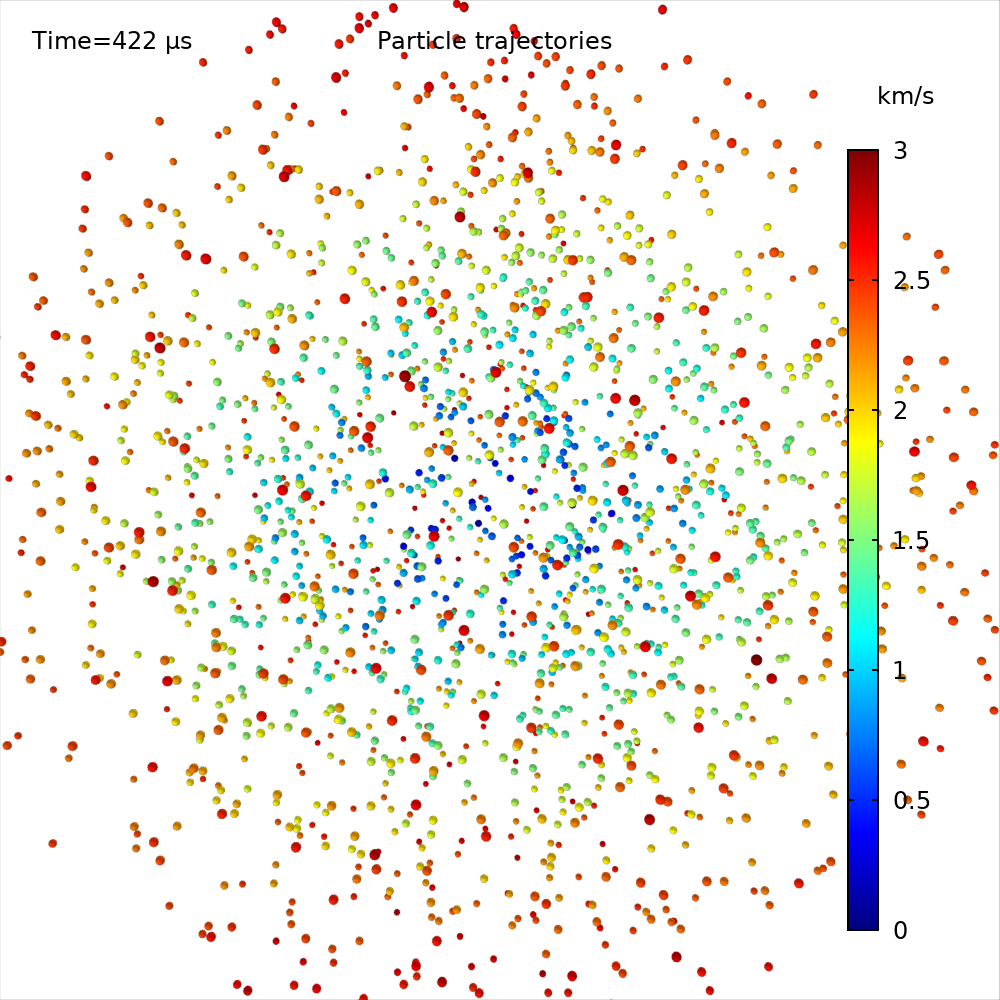
Screenshot 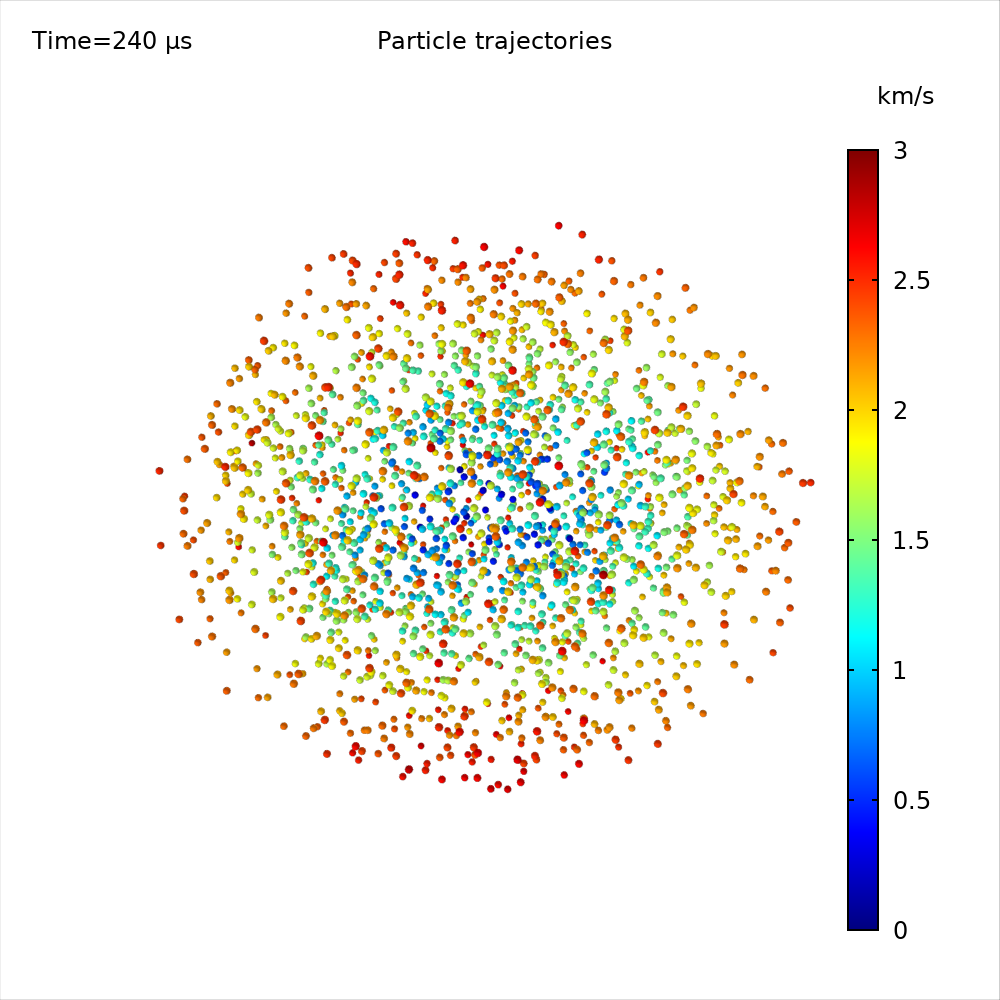
Screenshot 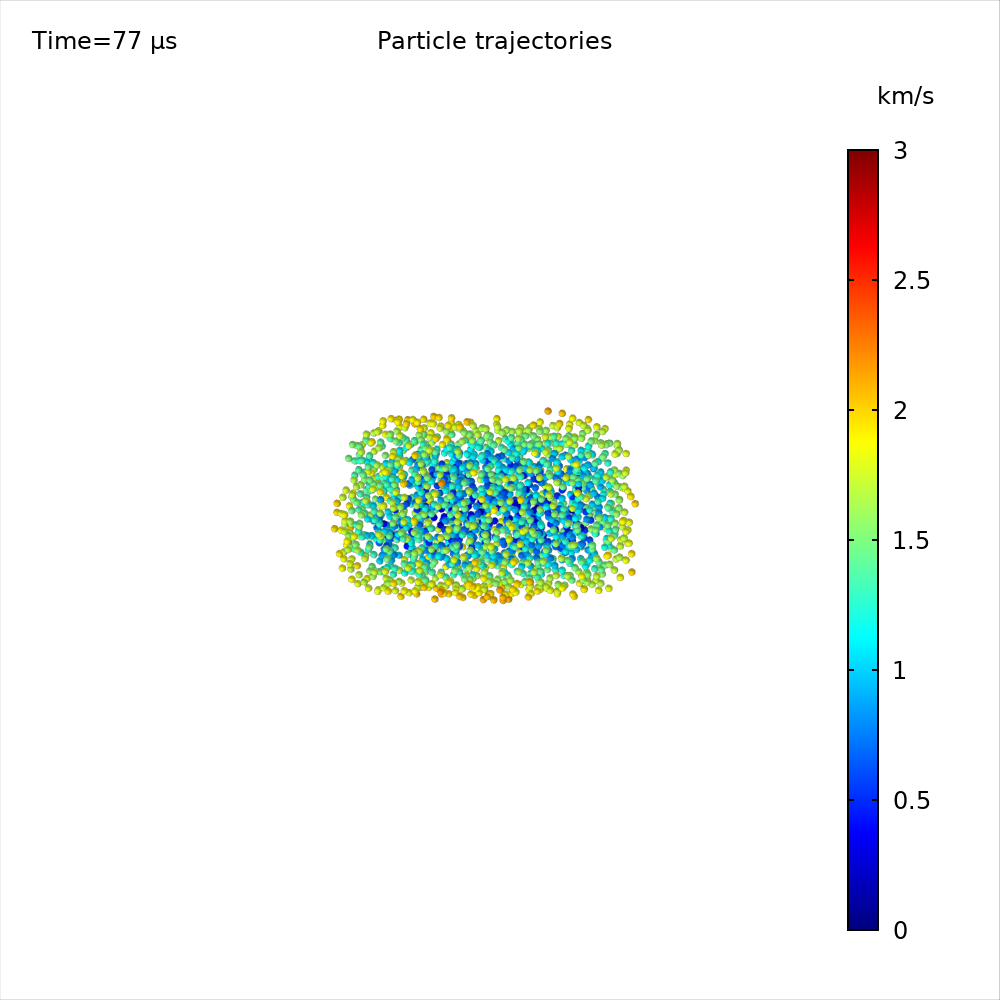
Screenshot
The simulation (implemented in COMSOL Multiphysics 5.4) involves 2020 electrons that are placed randomly in a “2020”-shaped geometry. Since the electrons repel each other via the electromagnetic force, they fly apart. Their speeds are indicated by the colors (in km/s). The simulation running backwards on the New Year’s card can be seen as (i) a metaphor for 2020 taking shape, (ii) a neat demonstration of T-symmetry of electromagnetism or (iii) a heresy to the Second Law of Thermodynamics.
Physik für die Schule
Hier zwei Hinweise auf coole Programme für Physikbegeisterte an den Gymnasien:
Hitparade der Physik-Medien
Ein Artikel von mir ist aus dem Quantenvakuum fluktuiert und auf der Seite science.olympiad.ch gelandet. Er dreht sich um interessante Medien aus der Welt der Physik.
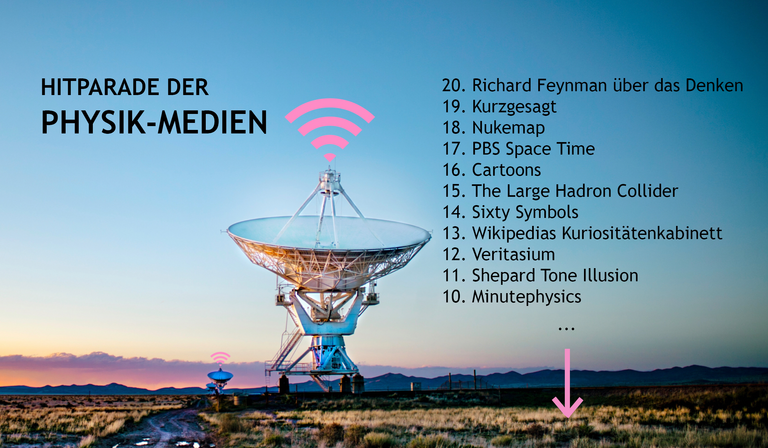
Sie verfolgen das Programm der Wissenschafts-Olympiade, heute mit unserer Hitparade der besten Physik-Medien. Interessant und lehrreich, kurios und witzig oder absolut verrückt: Wir haben für Sie besondere Hits aus über 200 Jahren Physik-Geschichte zusammengestellt.
Sie wollen wissen, was es mit dem Oh-My-God-Teilchen auf sich hat? Was in Richard Feynmans Kopf genau vor sich ging? Oder wie Neil de Grasse Tyson mit Autotune klingt? Dann sind Sie hier genau richtig! Genug der Vorrede, kommen wir direkt zum ersten Hit.
Rearranging Nucleons
Once praised as the carbon-free energy source of the future, now mainly discredited for producing radioactive waste and having rendered entire regions uninhabitable, nuclear power plants have been a topic for discussion for a long time. This post tries to approach the topic soberly, explaining the physical basics of nuclear power.
Continue reading “Rearranging Nucleons”PLANCKS 2019
Wir waren Teil der diesjährigen Physics League Across Numerous Countries for Kick-ass Students (PLANCKS)! Was es damit genau auf sich hat? Nun…
Continue reading “PLANCKS 2019”




